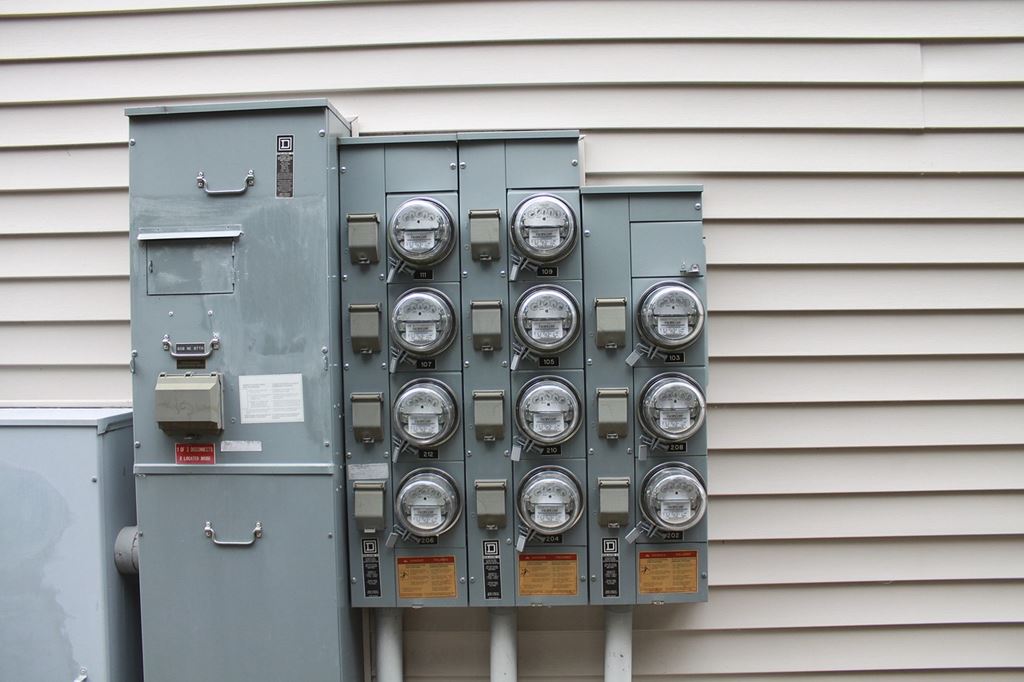The California Public Utilities Commission (CPUC) reached an aggregate net metering decision last week that could have long-lasting effects that ripple far beyond the Golden State’s borders.
In the immediate term, CPUC Resolution E-4854 allows small investor-owned utilities (IOUs) the same rights it granted the Big 3 (Pacific Gas and Electric (PG&E), Southern California Edison (SCE) and San Diego Gas & Electric (SDG&E)) to allow customers with multiple meters to unify their readings for purposes of net metering payments.
As other states parse the decision, they will also discover another CPUC finding with broader implications: The CPUC found for the second time in five years that aggregate net metering arrangements do not increase costs for non-solar-using ratepayers.
This finding undercuts a popular (but false) myth perpetuated by utilities across the country that solar users are selfishly using the grid as a storage facility without paying for its upkeep, thereby increasing other ratepayer bills. While more than 16 studies across the country have shown otherwise, the zombie lie continues to stalk solar development. The CPUC resolution, however, not only debunks the broader net metering falsehood, but bolsters the defense by saying definitively that even aggregate net metering, used by larger, multiple-meter installations, doesn’t increase those costs.
Designed to implement further 2012 Senate Bill (SB) 594 that allowed for aggregate net metering in the first place, the ruling expands the rights the larger IOUs have had for four years to smaller IOUs like Liberty Utilities and PacifiCorp and Golden State Water Co. (dba Bear Valley Electric Service).
It should be noted that neither the ruling nor SB 594 raised the net-metering cap, currently set at 5% of peak demand. The result, the CPUC found, was that the same amount of solar will be installed regardless of the most recent net metering decision.
According to the CPUC decision, 59% of the state’s net-metered capacity was non-residential generators, but the same generators only accounted for 9% of the cost. In part, that’s because larger DG systems generally have a lower cost per kWh exported, which results in lower costs for non-participating customers.
This content is protected by copyright and may not be reused. If you want to cooperate with us and would like to reuse some of our content, please contact: editors@pv-magazine.com.








By submitting this form you agree to pv magazine using your data for the purposes of publishing your comment.
Your personal data will only be disclosed or otherwise transmitted to third parties for the purposes of spam filtering or if this is necessary for technical maintenance of the website. Any other transfer to third parties will not take place unless this is justified on the basis of applicable data protection regulations or if pv magazine is legally obliged to do so.
You may revoke this consent at any time with effect for the future, in which case your personal data will be deleted immediately. Otherwise, your data will be deleted if pv magazine has processed your request or the purpose of data storage is fulfilled.
Further information on data privacy can be found in our Data Protection Policy.